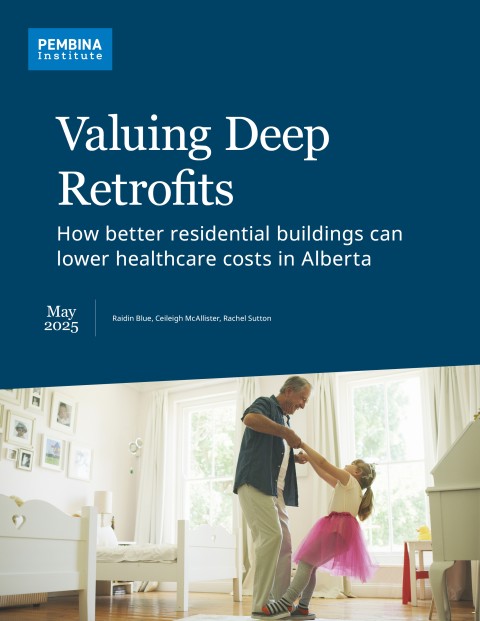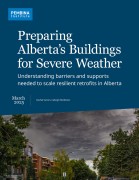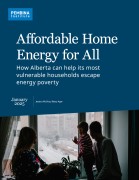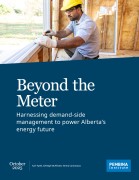Canadians spend around 90% of their time indoors; consequently, their home and building quality has a definitive impact on their health outcomes. Poor quality housing—characterized by inadequate insulation, poor ventilation, and outdated heating and cooling systems—can harm respiratory, cardiovascular, and mental health.
This report demonstrates how deep retrofits can improve quality of life and create healthcare cost savings. Considering healthcare cost savings alongside energy cost savings helps to expand the business case for deep retrofits to include non-energy benefits such as health and safety, resilience, insurance, and affordability for building owners and occupants.
Our analysis leverages many successful international examples of how retrofit programs significantly lowered healthcare and energy costs. A retrofit program in New Zealand had a net return of $1.03 billion in health and energy savings; for every dollar spent on retrofits, four dollars were returned in health and energy savings. Alberta can take similar steps to improve housing conditions and public health outcomes, reduce healthcare costs, and advance the business case for deep retrofits while ensuring these investments leave no one behind.
This report—the first in Canada to link building retrofits to healthcare impacts—explores the chronic health impacts of poor-quality housing on Albertans and how deep retrofits can mitigate those risks.
Recommendations
Fill gaps in health and housing data: Affordable housing providers, non-profit housing societies, and provincial and municipal governments should work with Alberta Health Services to conduct pilot studies tracking indoor air quality, home temperatures and health outcomes.
Include health impact assessments in retrofit programs: Retrofit programs led by municipalities and community organizations should track health-related indicators after retrofitting either through targeted studies or simple surveys.
Invest in retrofits that improve health outcomes, focusing on vulnerable households: The Government of Alberta should provide funding and other support to local governments, building owners, and industry organizations that are investing in retrofits that improve health outcomes. These supports should prioritize low-income households facing high energy burdens and poor housing conditions.
Correction: This report was revised on June 10, 2025 to clarify that the Australian study found the medical system saved an estimated $840 per person in winter medical costs (pages 12 and 14).

The Pembina Institute acknowledges the generous support of the Alberta Ecotrust Foundation.











